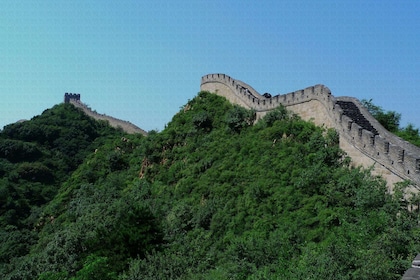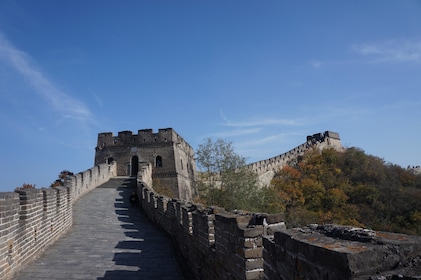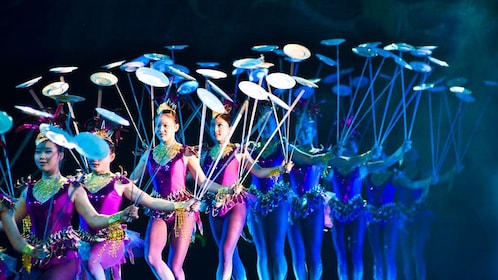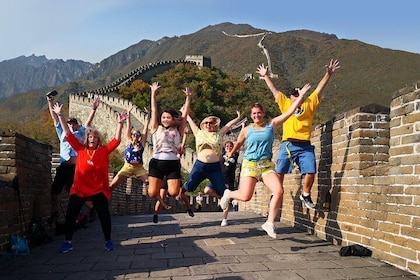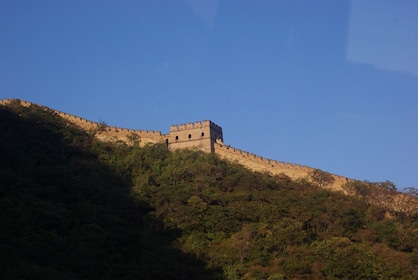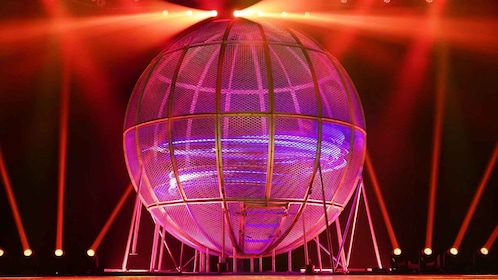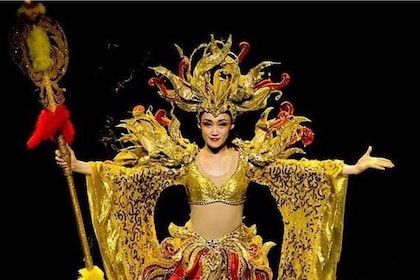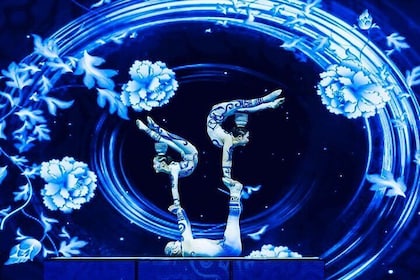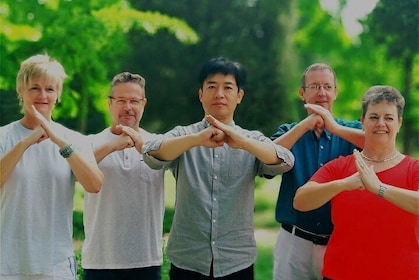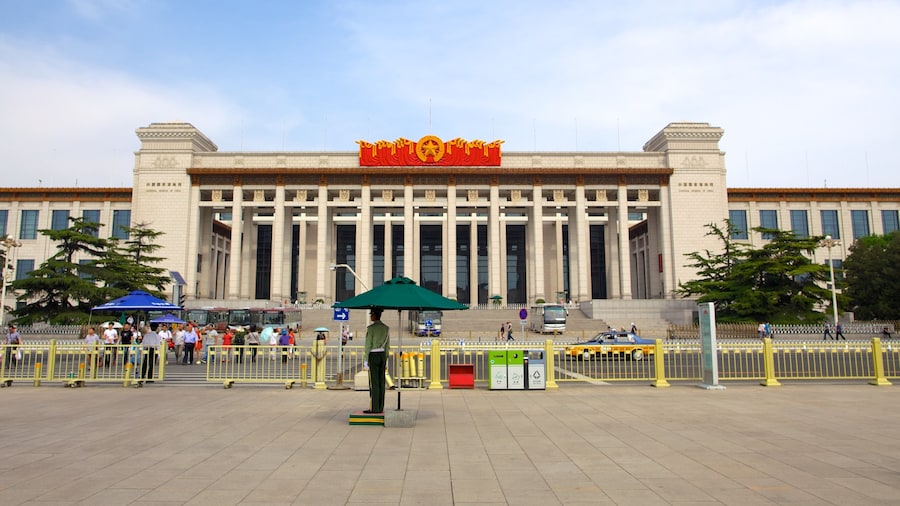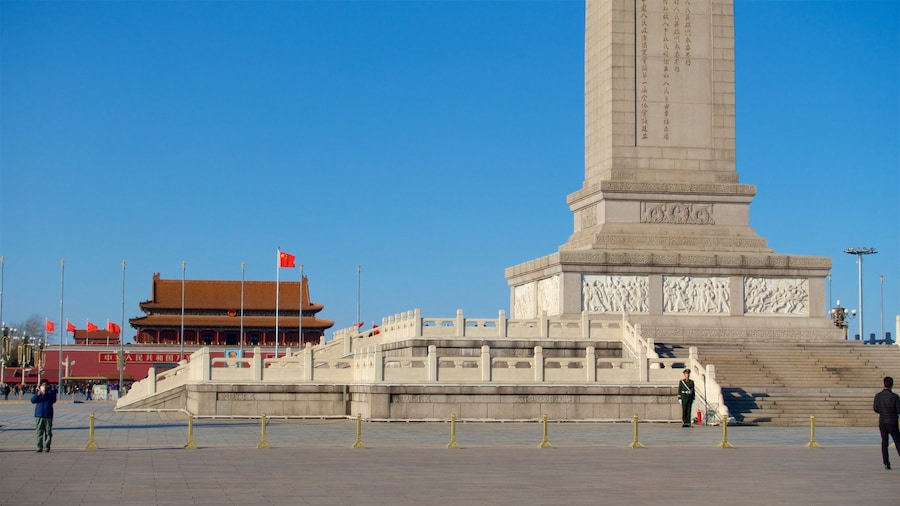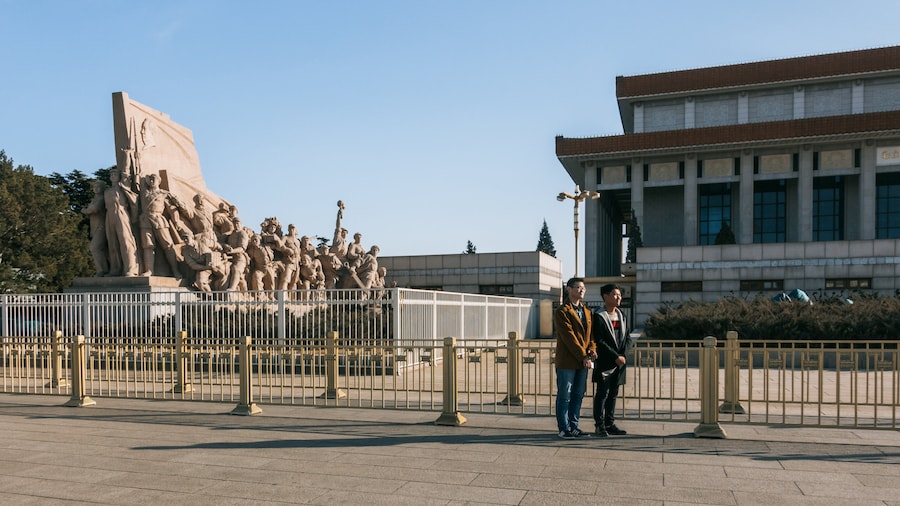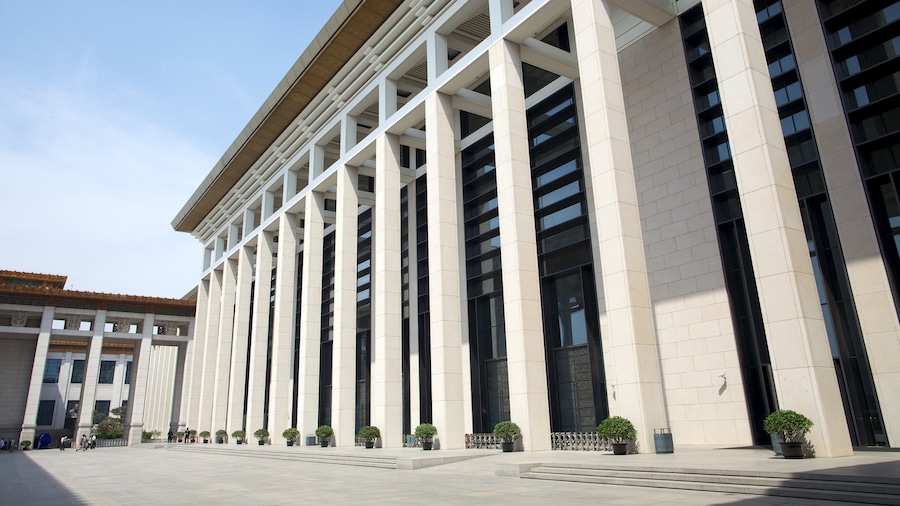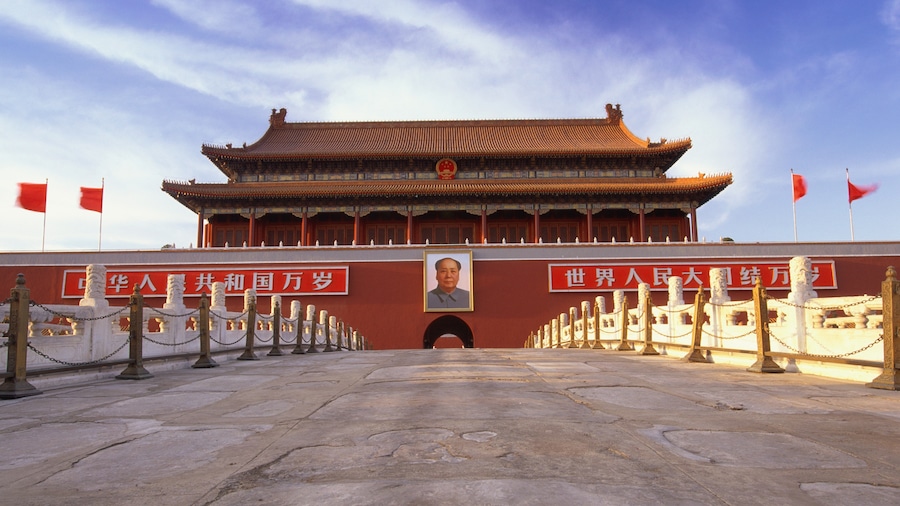天安门广场
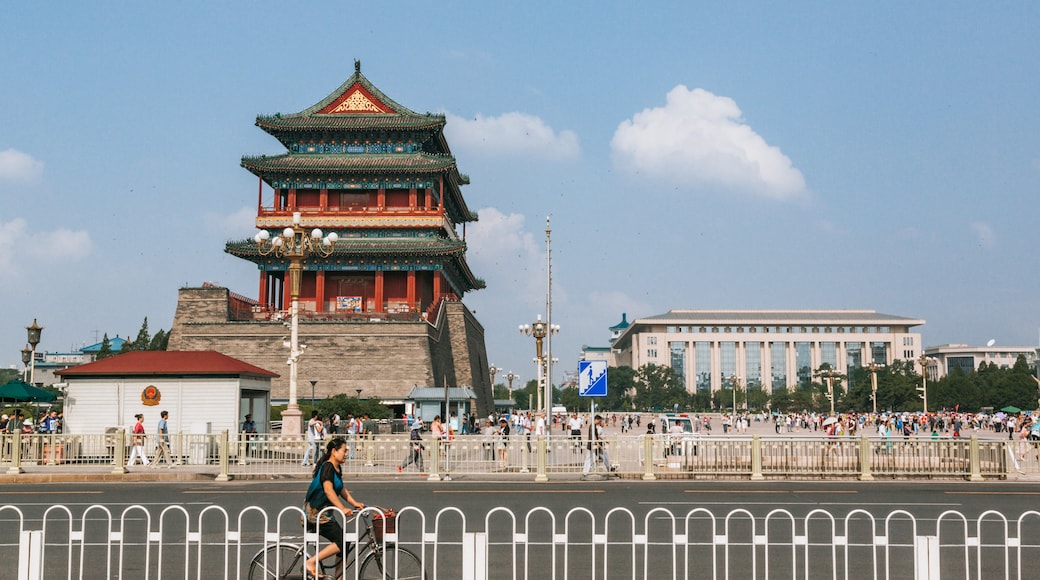
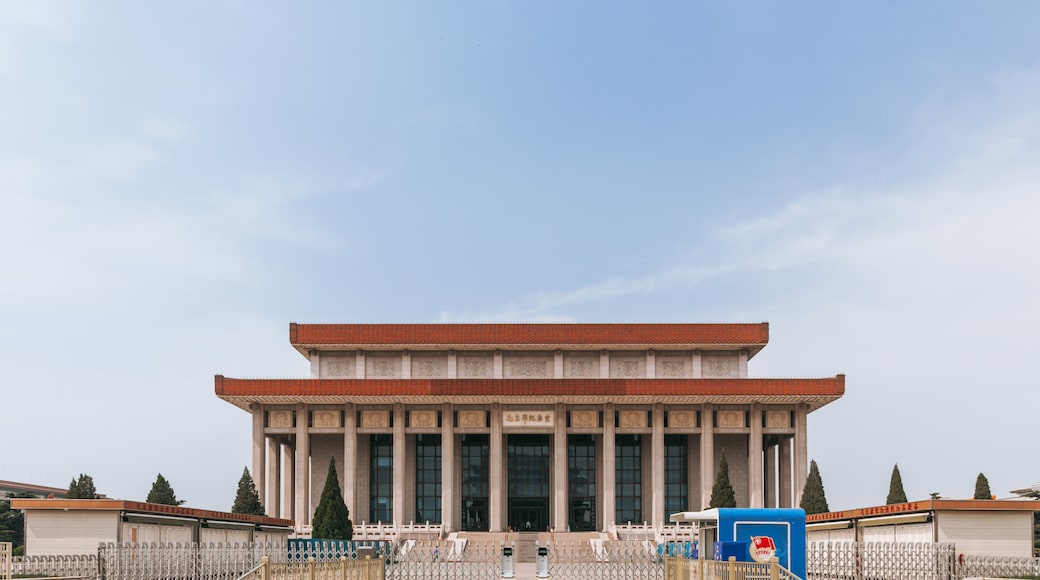
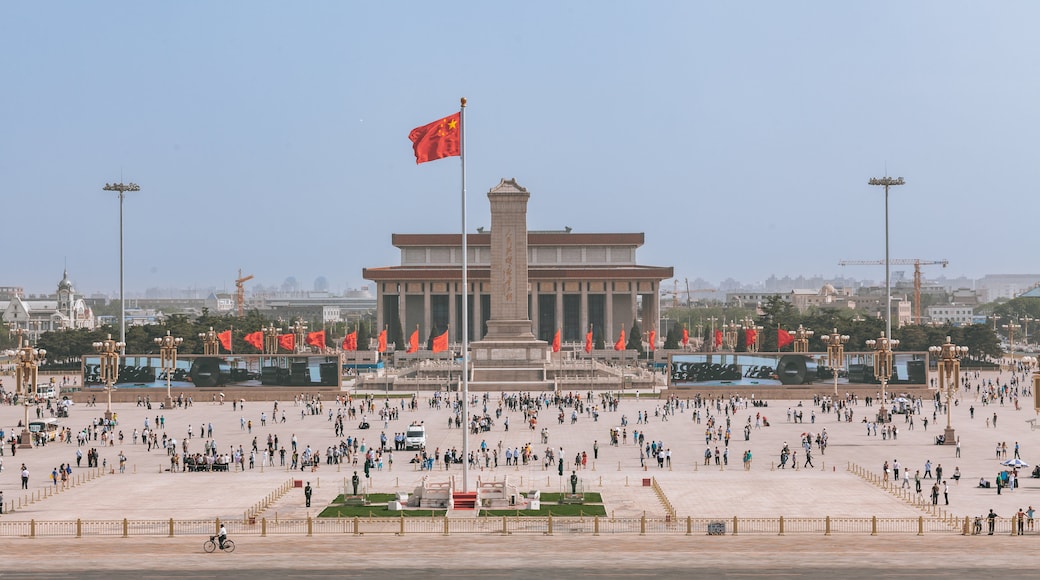
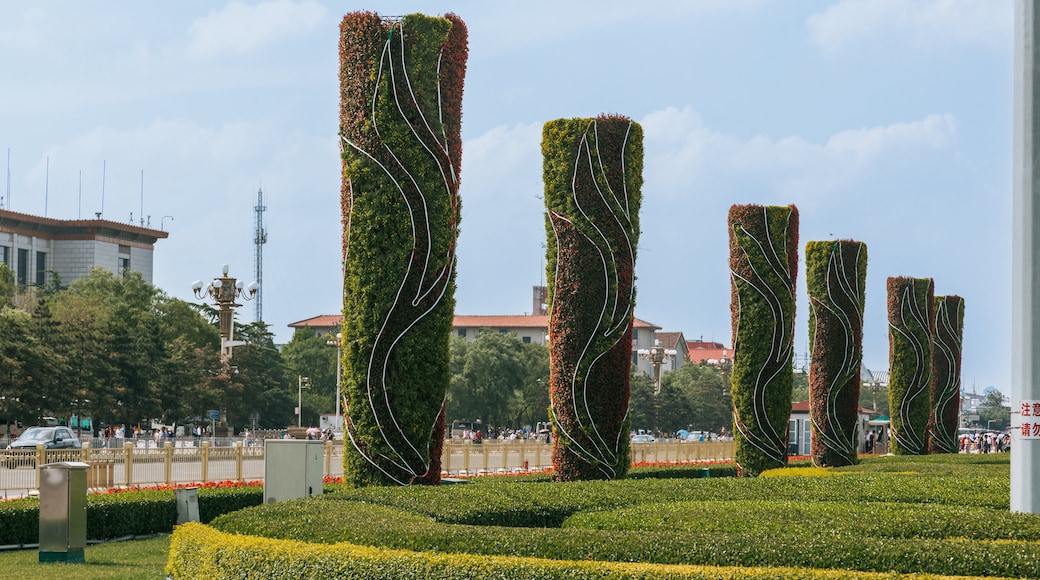
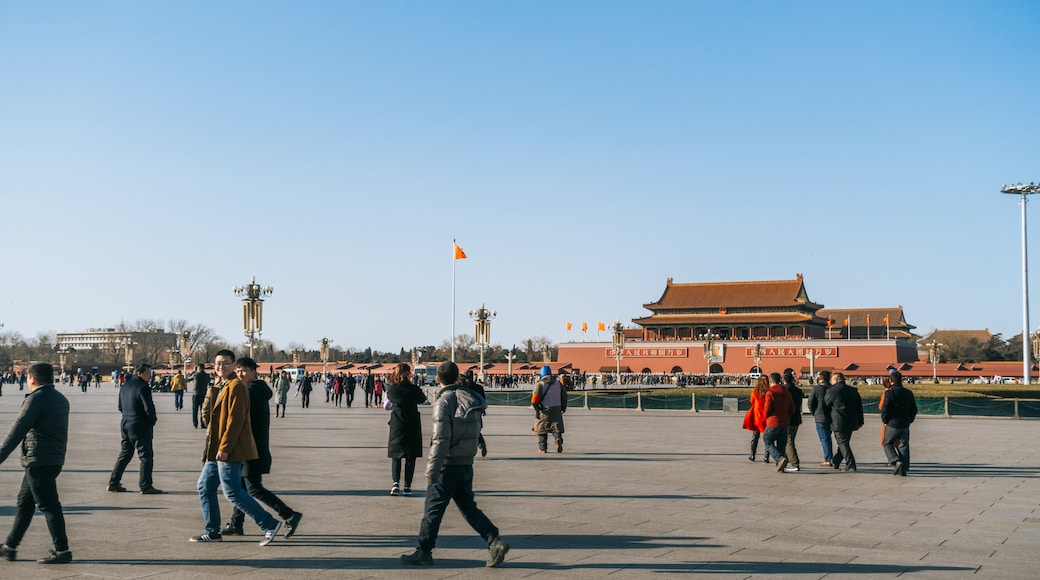
游览天安门广场
计划您的天安门广场之旅
过去 48 小时内搜索到的价格。点击以查看更新价格。


观光一日游
查看所有 366 项活动
MuBus: 北京慕田渝长城游项目
活动时长为 9 小时
9.4 分,满分 10 分,13 条点评
可免费取消
餐饮和夜生活
查看所有 36 项活动
马林德尔雷日落游轮来自 Tamarindo 和 Playas del Coco
活动时长为 4 小时 15 分钟
9.0 分,满分 10 分,15 条点评
可免费取消
户外探险
查看所有 34 项活动
红剧场北京杂技表演门票(可选)
活动时长为 1 小时
10.0 分,满分 10 分,2 条点评
可免费取消
表演秀和演出
查看所有 24 项活动
红剧场北京杂技表演门票
活动时长为 1 小时
可免费取消
课程和研习活动
查看所有 8 项活动
小团体书法班
活动时长为 1 小时
可免费取消
热门景点
热门酒店优惠

北京东方君悦大酒店
东长安街1号东方广场 北京 北京

北京王府井天伦松鹤大饭店
东城区灯市口大街88号 北京 北京

北京王府井希尔顿酒店
东城区王府井东街8号 北京 北京

北京饭店诺金-王府井
东城区长安街 33 号 北京市 北京市

北京王府半岛酒店
东城区东单金鱼胡同 8 号 北京市 北京市

北京诺富特和平宾馆
王府井金鱼胡同3号 北京 北京

北京金茂万丽酒店
王府井大街 57 号 北京市 北京市

北京新世界酒店
崇文门前门大街 8 号 北京市

北京丽晶酒店
东城区金宝街 99 号 北京市 北京市
基于过去 24 小时内找到的、2 位成人 1 晚住宿的每晚最低价格。价格和供应情况可能会有所变动。可能需遵守其他条款。
Expedia 带您探索世界
- 王府井大街附近的酒店
- 前门大街附近的酒店
- 王府井站的家庭旅馆
- 王府井站的公寓
- 中国国家博物馆附近的酒店
- 大栅栏街附近的酒店
- 天安门附近的酒店
- 位于北京市中心的 5 星级酒店
- 故宫博物院附近的酒店
- 天安门东站附近的酒店
- 北京前门大街附近的酒店
- 前门站的民宿
- 位于北京的 3 星级酒店
- 位于北京的 5 星级酒店
- 北京的公寓酒店
- 北京的公寓
- 北京的民宿
- 北京的胶囊酒店
- 北京的城堡
- 北京的公寓式度假村
- 北��京的公寓式酒店
- 北京的乡间别墅
- 北京的游轮
- 北京的家庭旅馆
- 北京的假日公园酒店
- 北京的青年旅舍
- 位于北京的公寓式酒店
- 位于北京的Banyan Tree酒店
- 位于北京的精品酒店
- 位于北京的商务酒店
- 位于北京的经济型酒店
- 位于北京的家庭式酒店
- 位于北京的高尔夫酒店
- 位于北京的历史风格酒店
- 位于北京的提供礼宾服务的酒店
- 位于北��京的设有泳池的酒店
- 位于北京的豪华酒店
- 位于北京的Pan Pacific Hotels & Resorts
- 位于北京的浪漫酒店
- 位于北京的Shangri-La Hotels and Resorts
- 位于北京的滑雪酒店
- 位于北京的设有 SPA 水疗的度假村酒店
- 位于北京的水上乐园酒店
- 北京的酒店
- 北京的船屋酒店
- 北京的公寓
- 北京的度假屋
- 北京的汽车旅馆
- 北京的Pousadas
- 北京的度假村
- 北京的花园酒店
- 北京的日式旅馆
- 北京的野营房简易旅馆
- 北京的联排别墅
- 北京的树屋
- 北京的别墅
- 毛主席纪念堂附近的酒店




